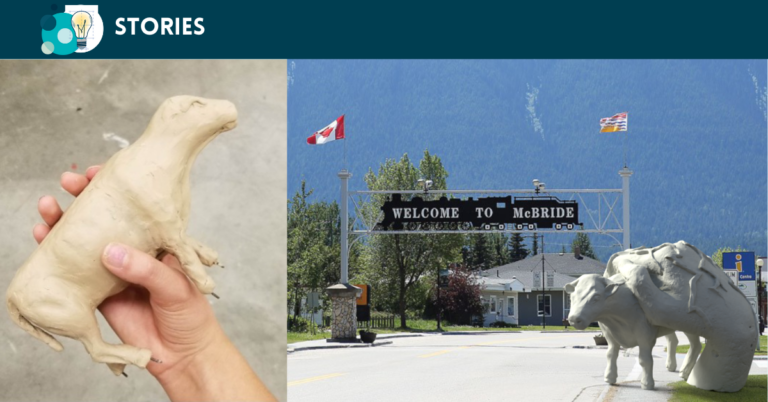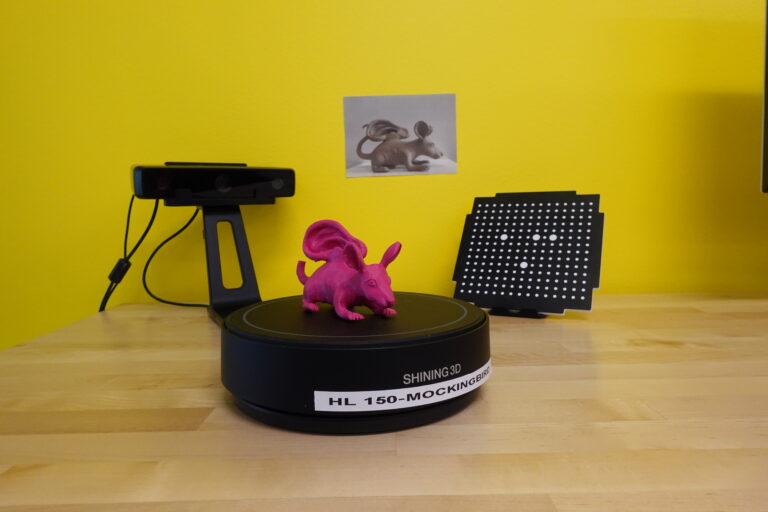Curriculum Integration
Are you a faculty member interested in integrating the Makerspace or maker methods into your classes? Here are a few basic resources to get you started. The best way to start is to visit the Makerspace and talk to staff, the Makerspace Librarian, and CELT to chat about your needs.
Curriculum Integration Posts
Take a look at some recent posts on integrating the Makerspace or maker methods into the classroom.
The Makerspace Grant: Adding Innovation into the Classroom by Harshita Dhiman and Katelin Pietrusinsk, Department of Career and Experiential Learning
Cooperative education is a form of experiential learning where students alternate their semesters of study with related professional experience. Co-op 1000 is a pre-requisite course in the co-operative education program. Students learn career management strategies…

Unmade Monuments: Exploring Public Space Through Prototyping Monuments and Public Sculptures by Twyla Exner, Assistant Teaching Professor, Department of Communication & Visual Arts
Unmade Monuments asks students to be curious about how art can and does occupy and activate public spaces and the rights and responsibilities of artists and the community in relation to those public spaces. From…

2023 CELT Faculty Makerspace Grant Awardees
The TRU Library Makerspace is delighted to announce the two successful applicants for the Spring 2023 Centre for Excellence in Learning and Teaching (CELT) Faculty Makerspace Grants: Harshita Dhiman and Katelin Pietrusinski from the Career…
Contact
Still have questions?
If you cannot find an answer in the information on our page you can always contact us!
